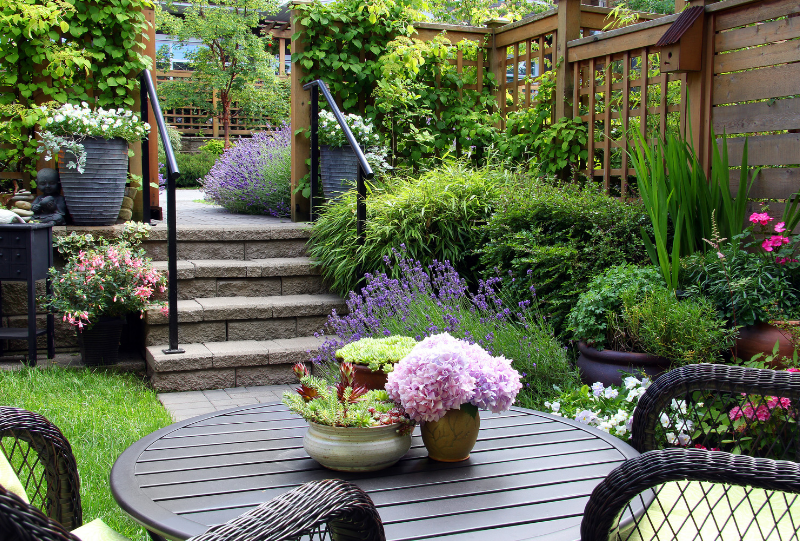Yates Account
Join now
Create a Yates account today!
Sign up to join the Yates Garden Club for monthly e-mails packed with seasonal inspiration, tips for success & exclusive promotions.
Plus if you’re a Garden Club member you can take part in the Yates Growing Community - a blog to share successes, get advice & win prizes in fun challenges along the way!

Forgot password
Enter the email address associated with your account, and we'll email you a new password.

Many of us have visited gardens which we admire and maybe even draw inspiration from. But what is it about these gardens that grabs our attention? Is it simply the style of the garden, or is it the layout, the colour scheme, the way the plants or ‘soft landscape’ blend with the paths, patios, walls or ‘hard landscape’ the way a gardener has blended design with nature?
When designing a garden, there are several key principles which will help you understand the challenge of your task ahead:
- Utilising and dealing with space
- Creating unity; linking the whole design so there is a relationship between elements
- Working with scale; achieving pleasing proportions between one thing and another
- Using the third dimension; changing space by changing levels (elevations, steps, terracing, roof lines)
- Combining hard and soft landscape features
- Maximising views and vistas
- Identifying style
- Establishing a foundation for mood and response
- Allowing interaction with people; using the senses of sight, smell, touch, hearing and taste
- Making a garden attractive
- Creating a functional space
- Making the garden suit your lifestyle

Top Tips in defining your style
Focal points
The key is defining the origin of an axis and then determining the outcome of this axis. The outcome of an axis may well be a feature or focal point. This might include the use of water, an urn, a garden seat, sculpture or simply a defining plant to create the focal point of the axis. Focal points are used sometimes as a more subtle attraction to draw you through a garden. It may be a statue partly hidden behind foliage, a striking plant in flower or perhaps an archway that frames the entrance to a new part of the garden. By drawing you closer, other focal points can, in turn, be used to lead you further through the garden.
Drawing the eye
Moving the eye along an axis is important in design. For example, using steppers on lawn may not only be practical, but also help to direct your vision to a focal point at the end of the axis. By designing the line of the axis, you can affect the vision by slowing it down (curved lines) or speeding it up (straight lines) and therefore you can create very formal focal points or more subdued discreet focal points depending on the mood you want to create.
Framing the view
Framing an axis defines the line of sight in a garden. Anything from low hedges to tall trees are ideal for framing an axis. Coloured border plantings can also be used for framing an axis. Create straight or curved garden beds and plant in themes for effect.













Share
Share this article on social media